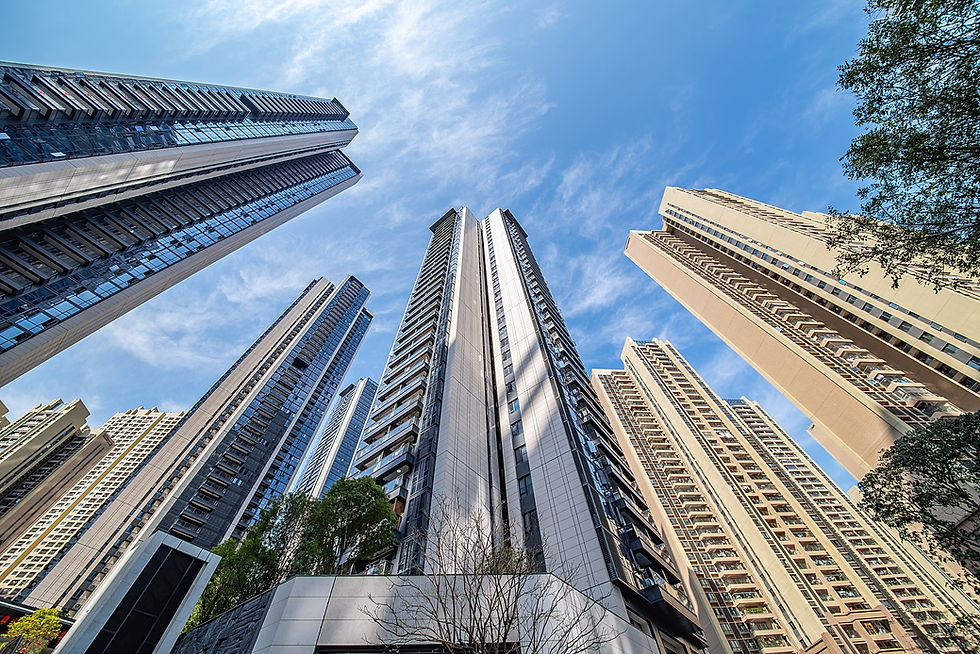How the Economy Impacts Demand in Commercial Real Estate
- marketing08413
- Jun 25
- 2 min read
Commercial real estate (CRE) is closely connected to the health of the overall economy. When the economy grows, CRE usually thrives. When it slows, the market shifts, but opportunities still exist. Understanding how economic cycles influence demand is key for anyone involved in this industry—whether you're an investor, developer, broker, or tenant.
Business Growth Drives Space Needs
In a strong economy, companies expand, hire, and invest. This leads to increased demand for:
Office space for growing teams
Industrial space for expanded operations and logistics
Retail space for brick-and-mortar footprints
A healthy business climate means more leasing activity, longer-term commitments, and higher property valuations.
Consumer Confidence Fuels Retail Demand
When consumers feel financially secure, spending increases—and so does demand for:
Shopping centers
Restaurants
Entertainment venues
Lifestyle and mixed-use developments
This trend supports the retail and hospitality sectors, two pillars of CRE that are particularly sensitive to consumer sentiment.
Economic Expansion Encourages Development
During periods of economic growth, developers are more willing to take on new construction projects. Why?
Financing is more accessible
Tenant absorption is expected to be strong
Property values tend to rise
This results in new supply entering the market—often in the form of innovative, amenity-rich, or mixed-use properties that reflect evolving tenant preferences.
Navigating Downturns with Strategy
In slower economic periods, the CRE market may face:
Higher vacancies as businesses downsize
Lease renegotiations or subleasing
Tighter lending environments
However, downturns also open the door for strategic acquisitions, value-add investments, and repositioning opportunities. Well-located and high-performing assets often retain value and recover quickly.
A Cyclical Yet Resilient Market
Commercial real estate is inherently cyclical—but it’s also resilient. Sectors like industrial and multifamily often outperform in mixed markets. Meanwhile, properties in growing metro areas or with long-term anchor tenants tend to weather downturns better than others.
Key indicators to watch:
GDP growth
Employment and wage trends
Interest rates
Consumer sentiment
Understanding these trends can give you a competitive edge—whether you’re buying, leasing, developing, or investing.
Written by LevRose CRE with assistance from: LevRoseCRE.(2024)
ChatGPT [Open AI]. https://chat.openai.com/



